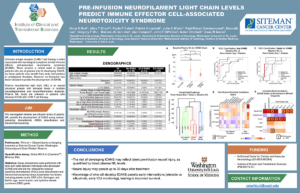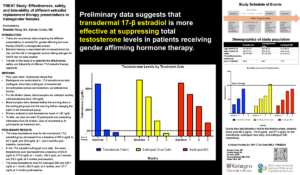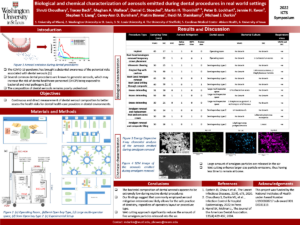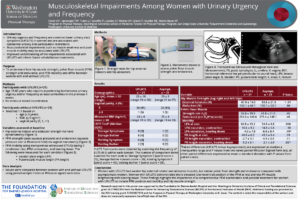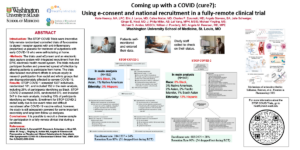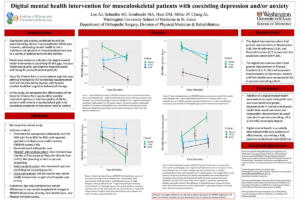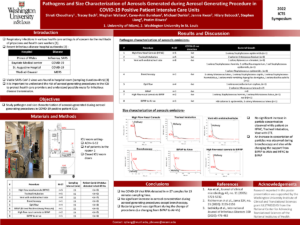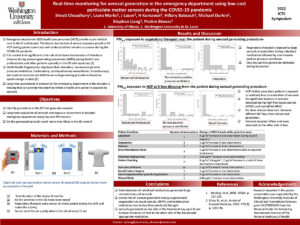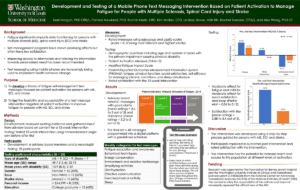Introduction: Neurological side effects after chimeric antigen receptor-modified (CAR) T cell therapy, termed immune effector cell-associated neurotoxicity syndrome (ICANS), are common and potentially devastating. We previously demonstrated that pre-infusion plasma neurofilament light chain (NfL), a well-established marker neurodegeneration, may predict subsequent development of ICANS in a small, single-center cohort. This larger, multicenter study compares pre-infusion […]
16. Pre-infusion Neurofilament Light Chain (NfL) Levels Predict Immune Effector Cell-associated Neurotoxicity Syndrome (ICANS)
